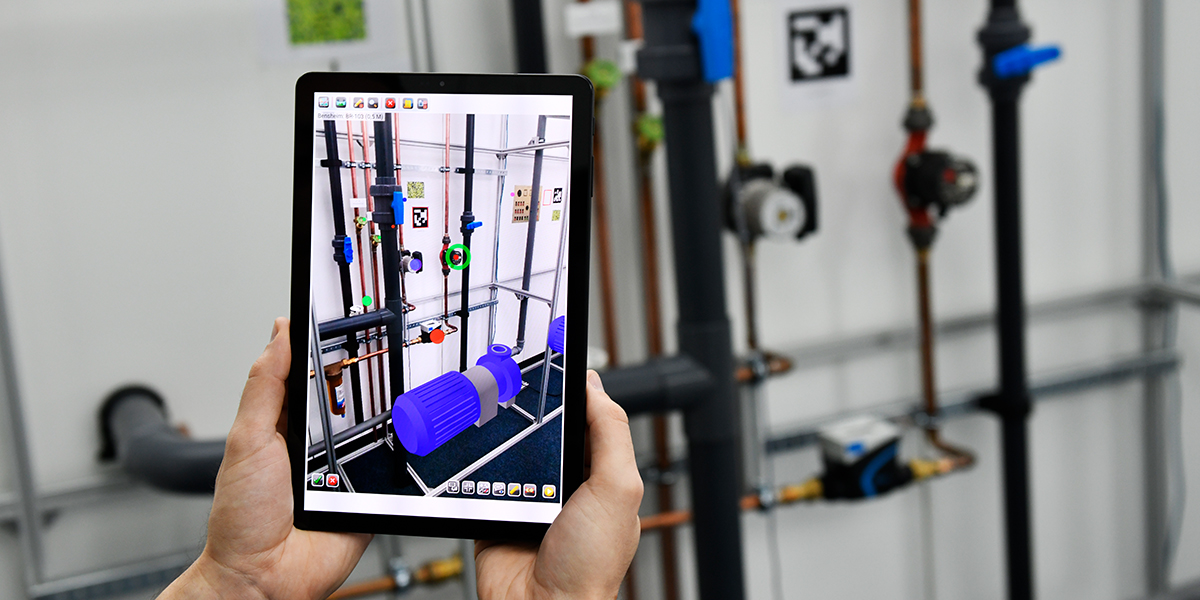Can Recyclable Electronics Solve the Global E-Waste Crisis? Every year, millions of tons of electronic devices — from smartphones and laptops to refrigerators and TVs — are discarded worldwide. This is e-waste, one of the fastest-growing waste streams on the planet. According to recent estimates, the world generates over 50 million metric tons of e-waste annually, and the number is rising.
E-waste poses multiple problems:
-
Environmental Pollution: Heavy metals like lead, mercury, and cadmium can leach into soil and water, harming ecosystems.
-
Resource Waste: Electronics contain valuable metals like gold, silver, and copper, most of which are lost if devices are not properly recycled.
-
Health Risks: Informal recycling processes in some countries expose workers to toxic substances, leading to serious health issues.
The problem is urgent: if nothing changes, the environmental and social impact of e-waste could escalate dramatically.
Enter Recyclable Electronics
Recyclable electronics, also called circular electronics, are designed with end-of-life recovery in mind. These devices use materials and designs that make disassembly, recycling, and reuse more efficient.
Key features include:
-
Modular Design: Components can be easily replaced or upgraded, extending device lifespan.
-
Biodegradable Materials: Plastics, circuit boards, and casings use materials that break down naturally or can be safely processed.
-
Recoverable Metals: Circuits are designed to allow metals like gold, copper, and lithium to be extracted efficiently.
-
Non-Toxic Components: Reducing or eliminating hazardous substances to make recycling safer for workers and the environment.
By designing electronics this way, manufacturers can reduce waste, conserve resources, and minimize environmental harm.
Innovations Driving Recyclable Electronics
Several innovations are making recyclable electronics a reality:
-
Modular Smartphones and Laptops: Companies like Fairphone allow users to swap out batteries, screens, or cameras instead of discarding the entire device.
-
Printed Circuit Boards on Biodegradable Substrates: Researchers are experimenting with circuits printed on paper, cellulose, or other eco-friendly materials.
-
Eco-Friendly Batteries: New lithium-ion and solid-state batteries are easier to recycle and contain fewer toxic chemicals.
-
AI-Enhanced Recycling: Smart sorting systems use AI and robotics to identify and separate components, improving recovery rates.
-
Recyclable Casings and Materials: Plastics and metals are engineered to be easier to break down or remold for new products.
These innovations are gradually making electronics part of a circular economy, where materials are reused instead of ending up in landfills.
Why Recyclable Electronics Matter
The benefits of recyclable electronics extend far beyond reducing landfill waste:
-
Resource Efficiency: Recovering metals and materials from old electronics reduces the need for mining, preserving natural resources.
-
Economic Opportunities: Recycling industries create jobs in collection, sorting, and processing of e-waste.
-
Sustainable Tech Adoption: Consumers can upgrade devices without contributing to environmental harm.
-
Reduced Carbon Footprint: Manufacturing new electronics is energy-intensive; reusing materials reduces overall emissions.
In short, recyclable electronics are key to making technology sustainable as the global population and tech adoption continue to grow.
Challenges to Widespread Adoption
Despite the promise, several challenges remain:
-
Cost of Eco-Friendly Materials: Using recyclable or biodegradable materials can be more expensive than traditional components.
-
Design Complexity: Making devices modular or recyclable can complicate design and manufacturing processes.
-
Consumer Awareness: Many users are not yet aware of the environmental impact of e-waste or the benefits of recyclable devices.
-
Infrastructure: Efficient collection, sorting, and recycling facilities are lacking in many regions, limiting the impact of recyclable designs.
Overcoming these hurdles will require policy support, innovation, and consumer participation.
The Road Ahead
The future of electronics is moving toward sustainability and circular design. Governments, companies, and consumers all have a role to play:
-
Regulations and Incentives: Policies like extended producer responsibility (EPR) can require manufacturers to design recyclable devices.
-
Consumer Choices: Choosing devices designed for repair and recycling encourages manufacturers to adopt sustainable practices.
-
Investment in Recycling Infrastructure: Advanced facilities with AI-enabled sorting and processing will maximize material recovery.
-
Innovation in Materials: Research into biodegradable plastics, safer batteries, and modular designs will accelerate adoption.
With these efforts, electronics could become fully recyclable, sustainable, and environmentally friendly within the next decade.
The Bottom Line
Recyclable electronics offer a practical, innovative solution to the growing global e-waste crisis. By rethinking how devices are designed, manufactured, and recycled, we can conserve resources, protect the environment, and create a sustainable technology ecosystem.
The shift toward circular electronics is not just good for the planet — it’s good for the economy, for consumers, and for the future of technology itself.




